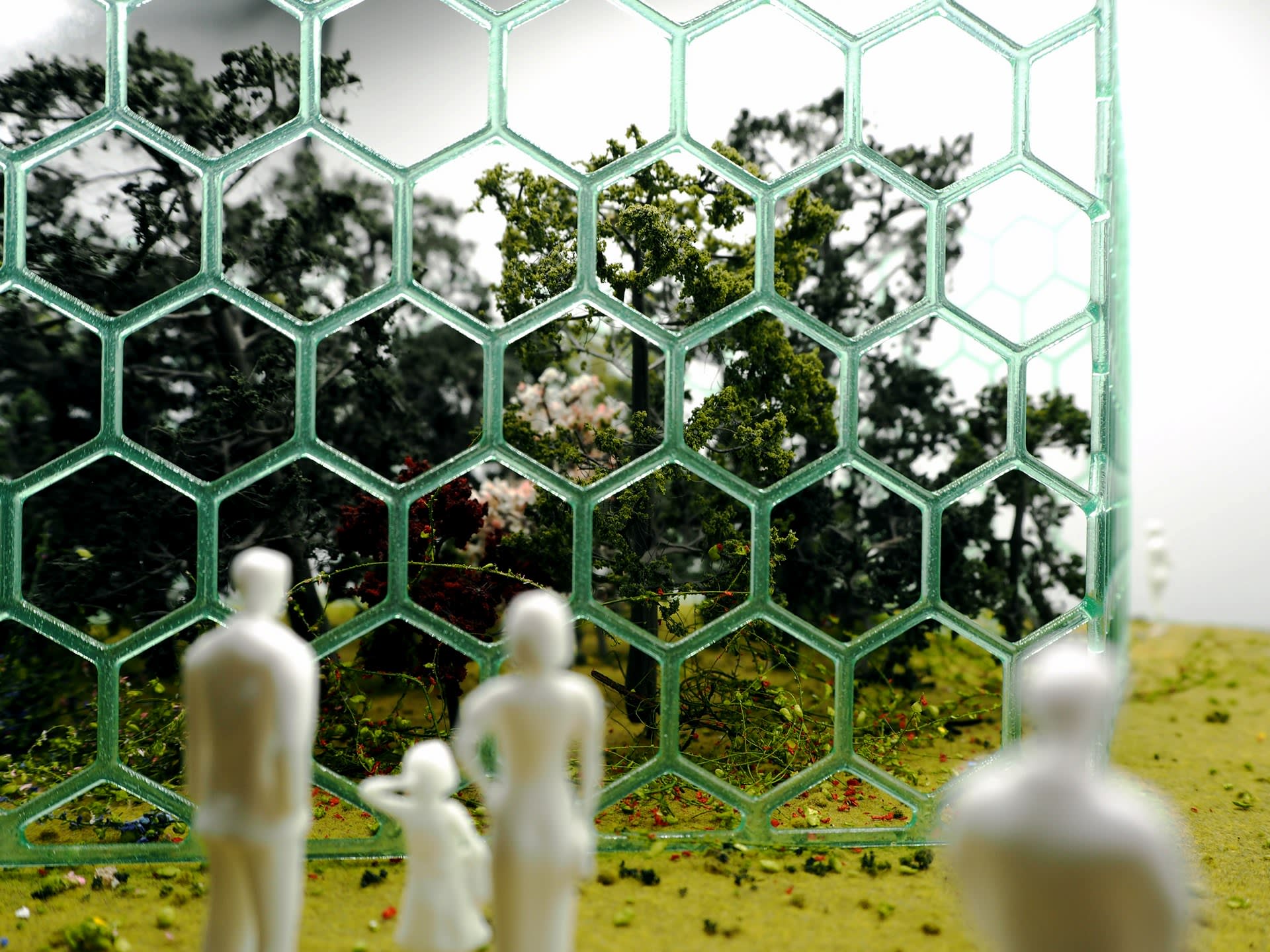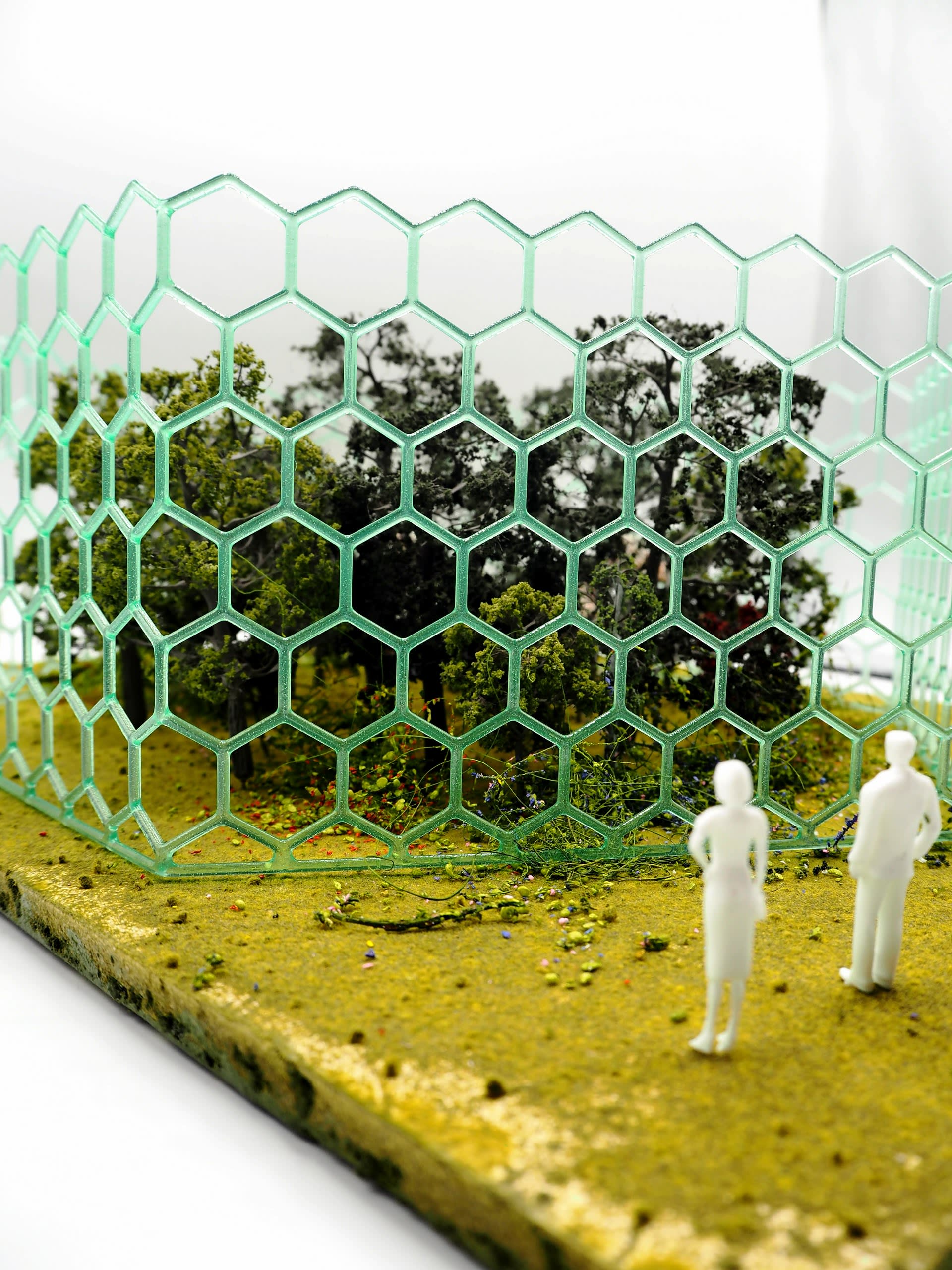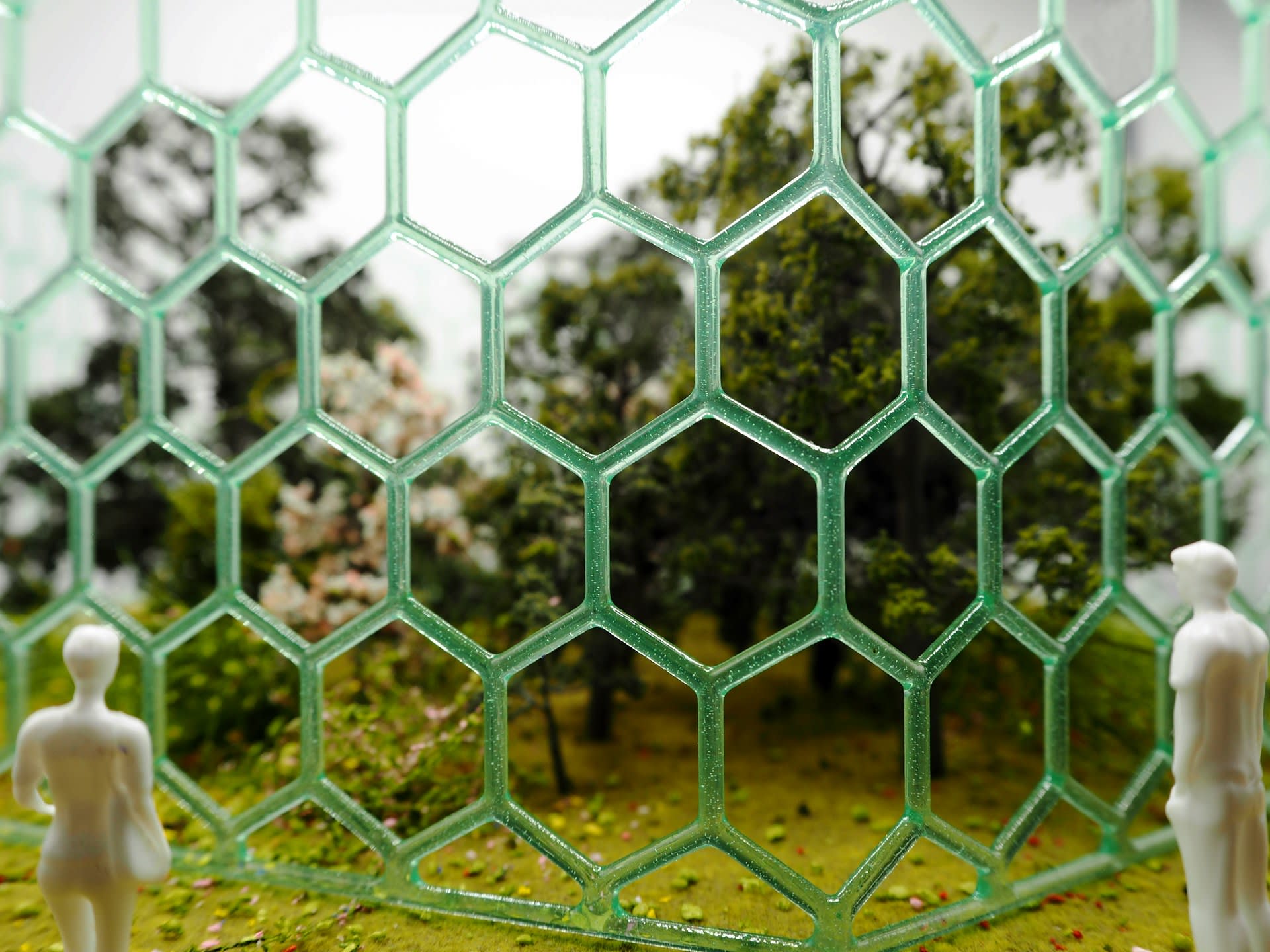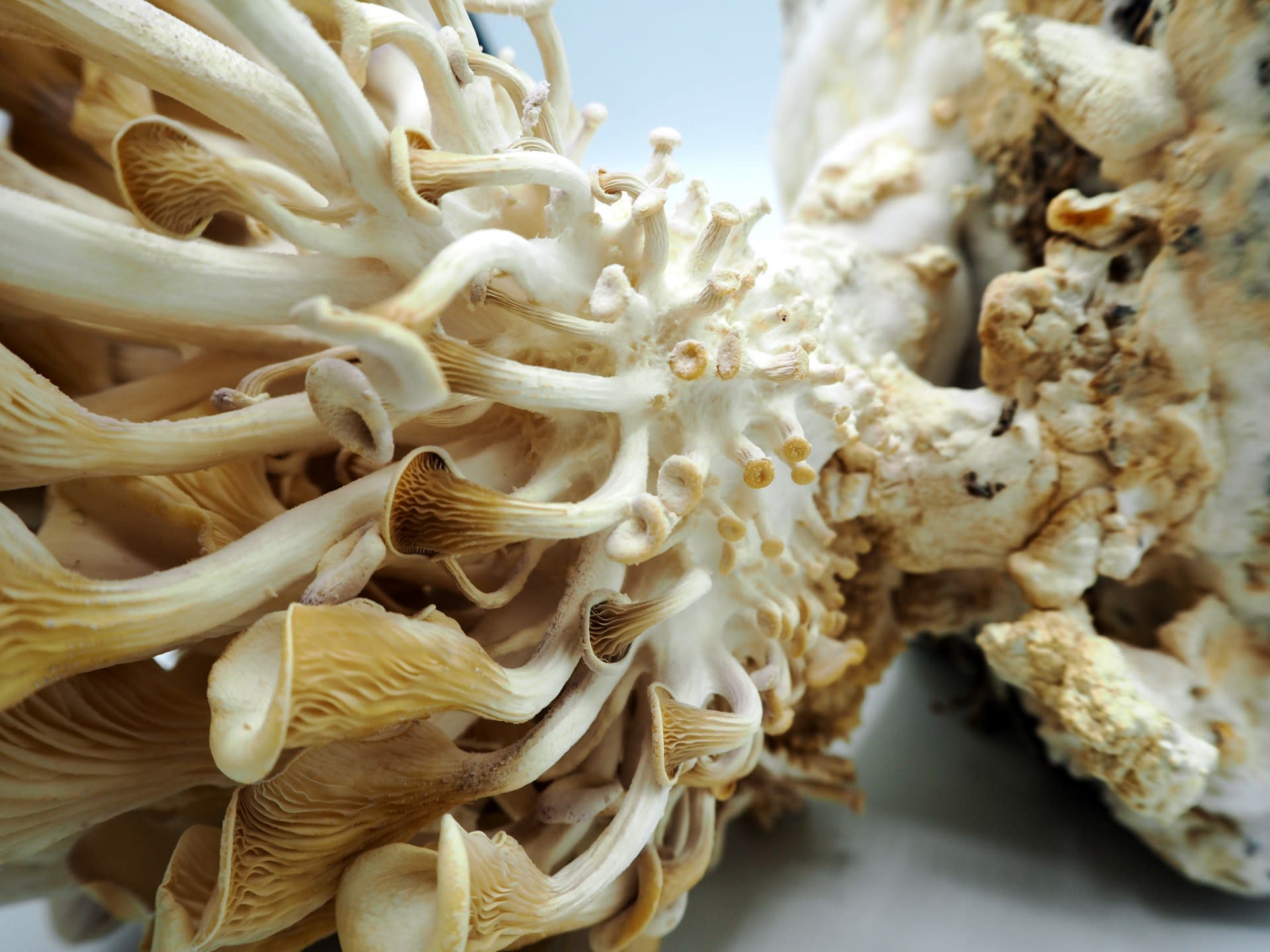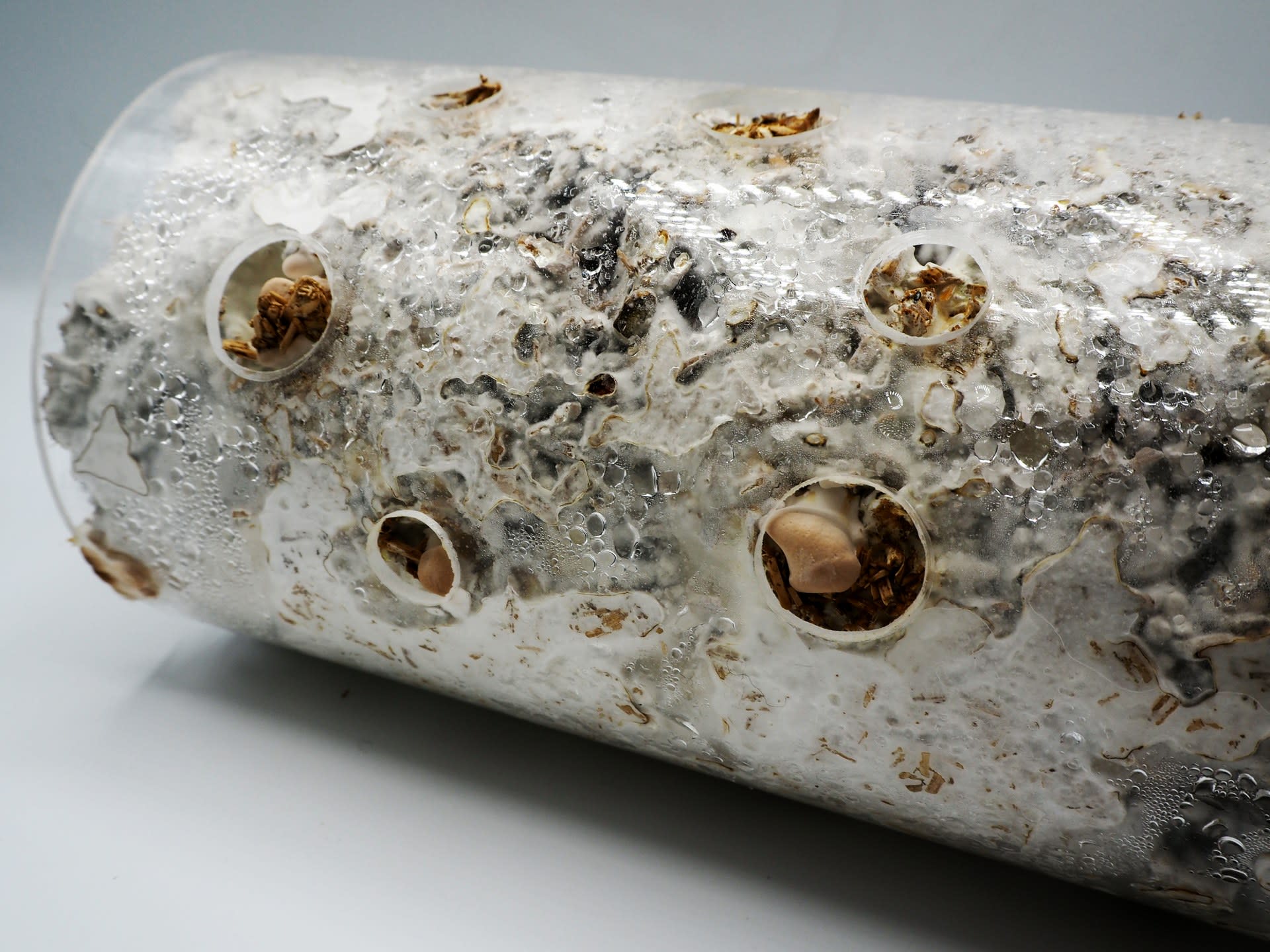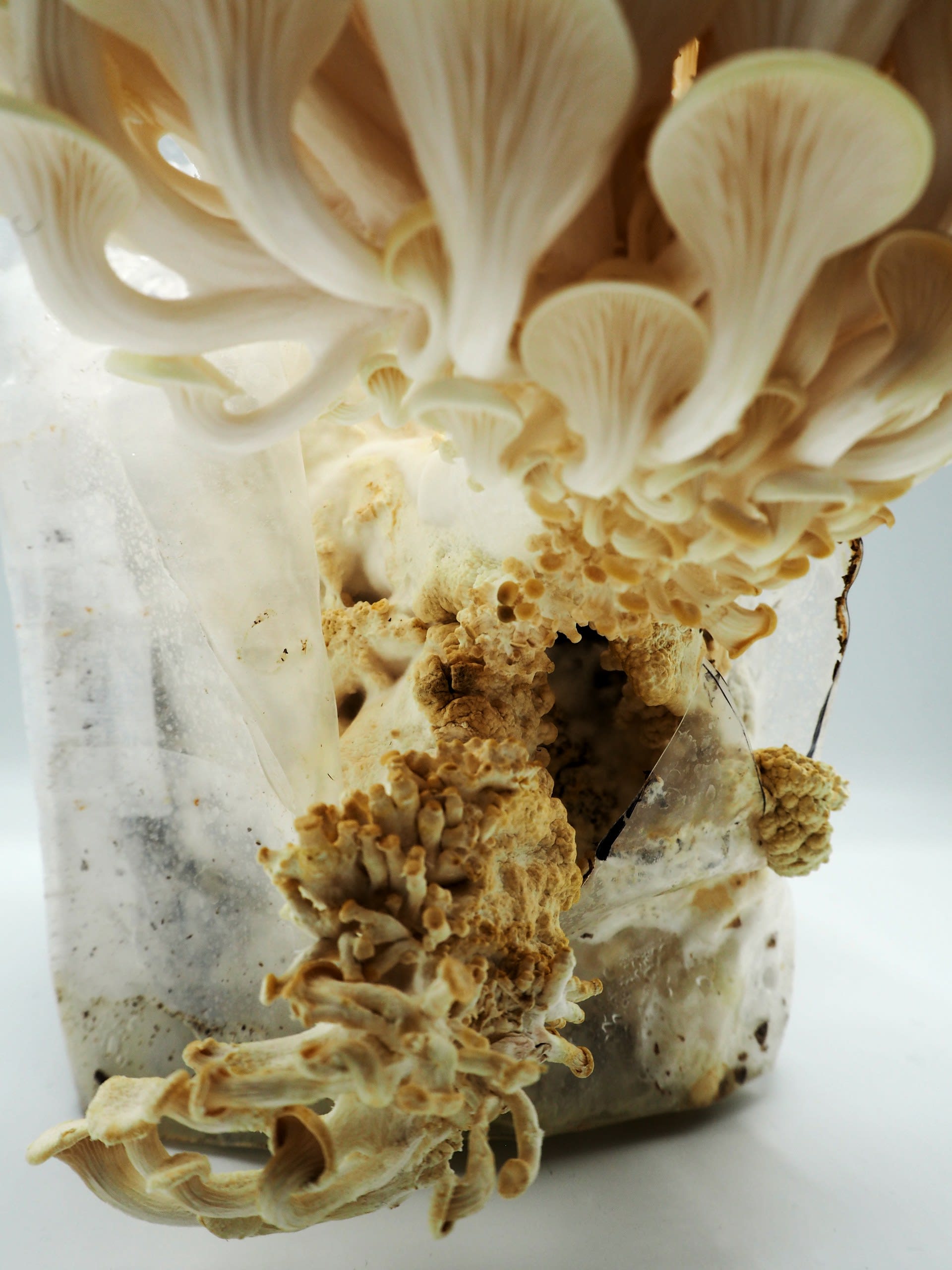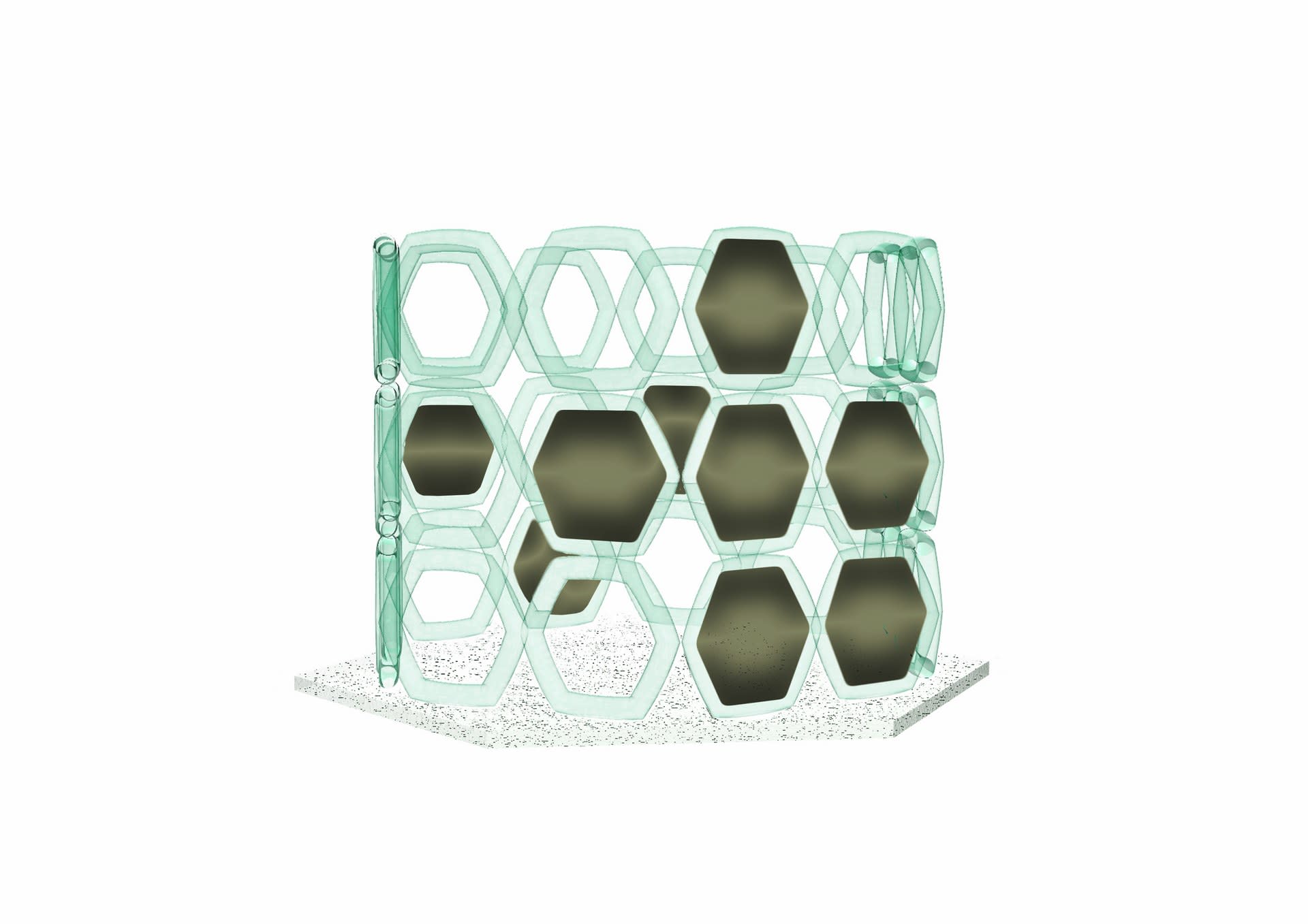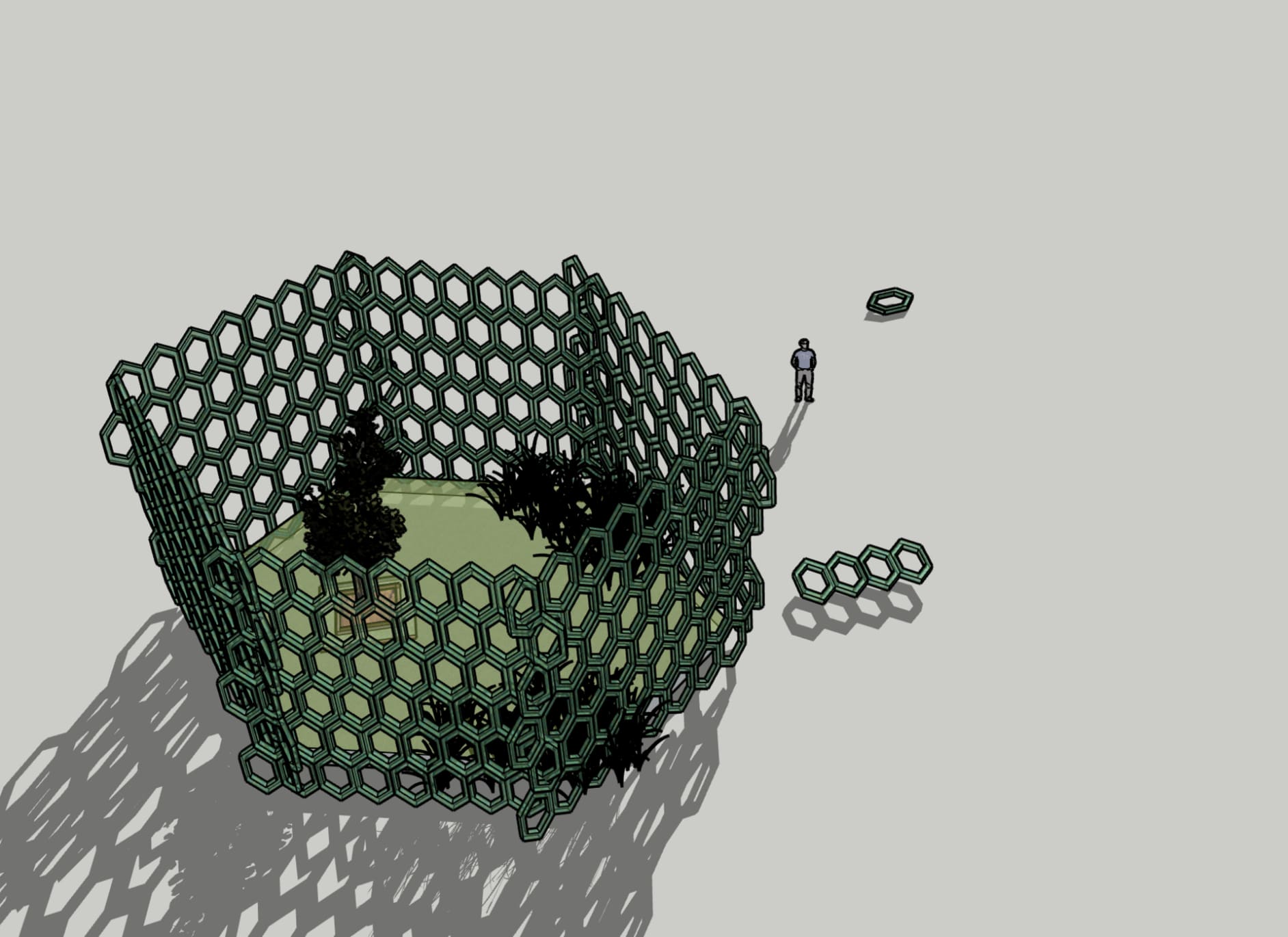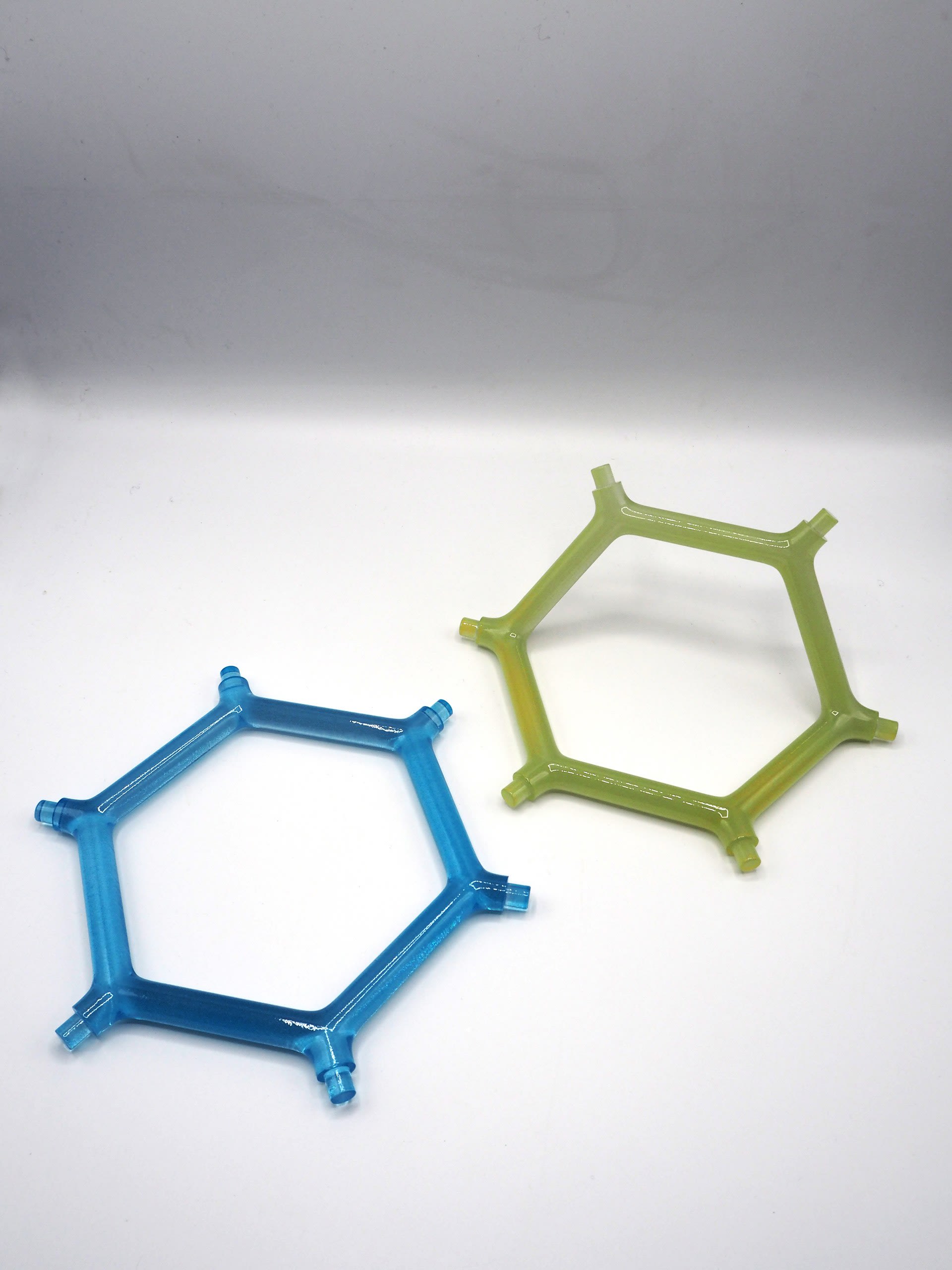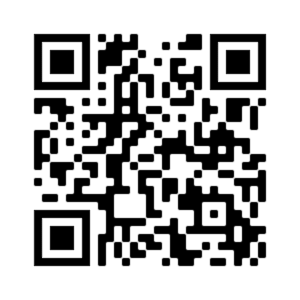Vivee Barengo is an Italian London based interdisciplinary creative specialised in Experience Design and Art Direction. Her work focuses on speculative designs that investigate alternative futures while promoting critical reflection on the current state of things.
Vivee’s diverse background allows her to approach each project from multiple perspectives. After completing with honours a BA in Fashion Styling and Art Direction, while also obtaining diplomas in Fashion Design and Art History, in 2019 she started a new creative journey at RCA in the Graduate Diploma programme. Here, she started a new journey as a designer developing original ways to share ideas and research through interactive installations. Such experience led her to IED and to the Experimental Design pathway where, for the last year and a half, she has been growing as a creative, cultivating her passion for research-based projects and innovative ways of communication.
Currently, Vivee is developing cutting-edge sustainable methods of production to build future architectural models using mycelium and robotics in self-sustaining ecosystems.
Vivee is also a part-time teacher of Art & Design to kids aged 16-19, a job full of gratifying moments and a window of constant inspiration. Aside from the independent work, in 2019 she co-founded with Jade Removille the design studio Revele (RVL), currently working on commissioned installations and sculptural work.
IED hotline extension number #202
To leave a comment or say anything nice about my work, please dial the free IED hotline number 020 39831592 or overseas +(44)2039831592. International calls cost subject to your operators fees.




